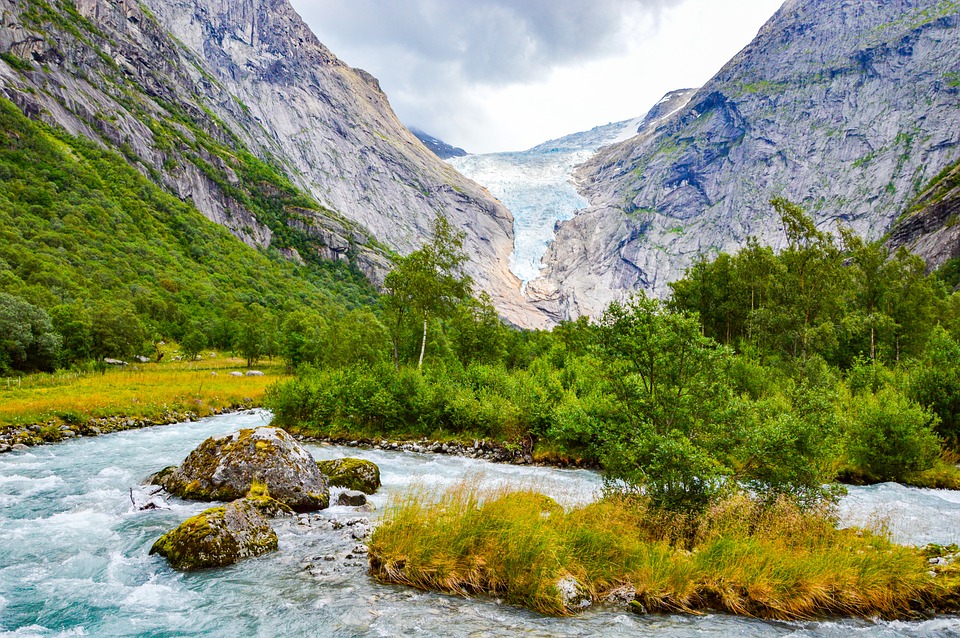What Is the Climate of Paraguay?
Paraguay, located in central South America and bordered by Brazil, Argentina, and Bolivia, exhibits a diverse climate influenced by its subtropical location and varied geographical features. The country’s climate is characterized by distinct wet and dry seasons, with significant temperature variations across different regions.
Overview of Paraguay’s Climate Zones
– Subtropical Climate: The majority of Paraguay experiences a subtropical climate, characterized by hot summers, mild winters, and substantial rainfall throughout the year.
– Tropical Climate: The northern regions of Paraguay have a tropical climate, marked by higher temperatures and more consistent rainfall year-round.
Seasonal Climate Patterns in Paraguay
A. Summer (October to March)
– Temperature: Summers are very hot and humid, with temperatures frequently ranging from 30°C to 40°C (86°F to 104°F).
– Rainfall: This period marks the peak of rainfall, especially in the eastern regions where thunderstorms and heavy rains are common.
B. Winter (April to September)
– Temperature: Winters are cooler and drier, with temperatures ranging from 10°C to 20°C (50°F to 68°F). However, cold fronts can cause brief drops in temperature.
– Rainfall: The winter months are generally drier than summer, though occasional rainfall occurs, particularly in the eastern regions.
Regional Climate Variations
A. Eastern Paraguay
– Climate: This region has a humid subtropical climate with consistent rainfall throughout the year.
– Vegetation: The lush vegetation supports agriculture, including crops like soybeans and corn.
B. Western Paraguay (Gran Chaco)
– Climate: The western region experiences a semi-arid climate with less rainfall and more extreme temperatures.
– Dry Season: The dry season is pronounced here, characterized by very little rain and high summer temperatures.
Key Climate Influences in Paraguay
A. Rainfall Patterns
Seasonal winds from the Atlantic bring moisture to eastern Paraguay, while western Paraguay remains drier. Rainfall varies significantly between the lush eastern plains and the arid western Chaco region.
B. Temperature Extremes
Hot summers are prevalent across the country, particularly intense in the Gran Chaco region. Winter temperatures can be milder but may drop significantly during cold fronts.
How Climate Change is Impacting Paraguay
– Increased Temperatures: Rising temperatures lead to more frequent heatwaves, affecting agriculture and water resources.
– Variable Rainfall: Changes in rainfall patterns can result in droughts in some areas while causing flooding in others, impacting crops and infrastructure.
– Pressure on Water Resources: Water scarcity during dry seasons combined with increasing agricultural demands stresses water supplies.
FAQs
– What are Paraguay’s hottest months? January typically sees the highest temperatures.
– Does Paraguay experience a lot of rain? Yes, especially in the eastern regions where annual rainfall can exceed 1,800 mm.
– Is Paraguay’s climate tropical? Parts of Paraguay have a tropical climate, particularly in the north.
– How does the climate vary between eastern and western Paraguay? Eastern Paraguay is humid and subtropical with abundant rainfall, while western Paraguay is semi-arid with less precipitation.
– How is climate change affecting Paraguay? It leads to increased temperatures, unpredictable rainfall patterns, and pressures on water resources crucial for agriculture.
Conclusion
In summary, Paraguay’s climate features hot, humid summers and milder winters with significant regional variations. The eastern region experiences more rainfall compared to the semi-arid conditions of the west. Managing the impacts of climate change is crucial for sustaining agriculture and preserving water resources essential for the country’s economy and biodiversity.

Kyle Whyte is a notable scholar and professor at the University of Michigan, holding positions such as the George Willis Pack Professor in the School for Environment and Sustainability and Professor of Philosophy. Specializing in environmental justice, his work critically examines climate policy and Indigenous peoples’ ethics, emphasizing the nexus between cooperative scientific endeavors and Indigenous justice. As an enrolled Citizen Potawatomi Nation member, he brings a vital perspective to his roles as a U.S. Science Envoy and member of the White House Environmental Justice Advisory Council. His influential research is supported by various prestigious organizations including the National Science Foundation, and disseminated through publications in high-impact journals. Kyle actively contributes to global Indigenous research methodologies and education, with affiliations to numerous institutes and societies dedicated to traditional knowledge and sustainability. Recognized for his academic and community engagement, Kyle has earned multiple awards and served in various visiting professorships. His efforts extend to leadership positions on boards and committees focused on environmental justice nationwide.
